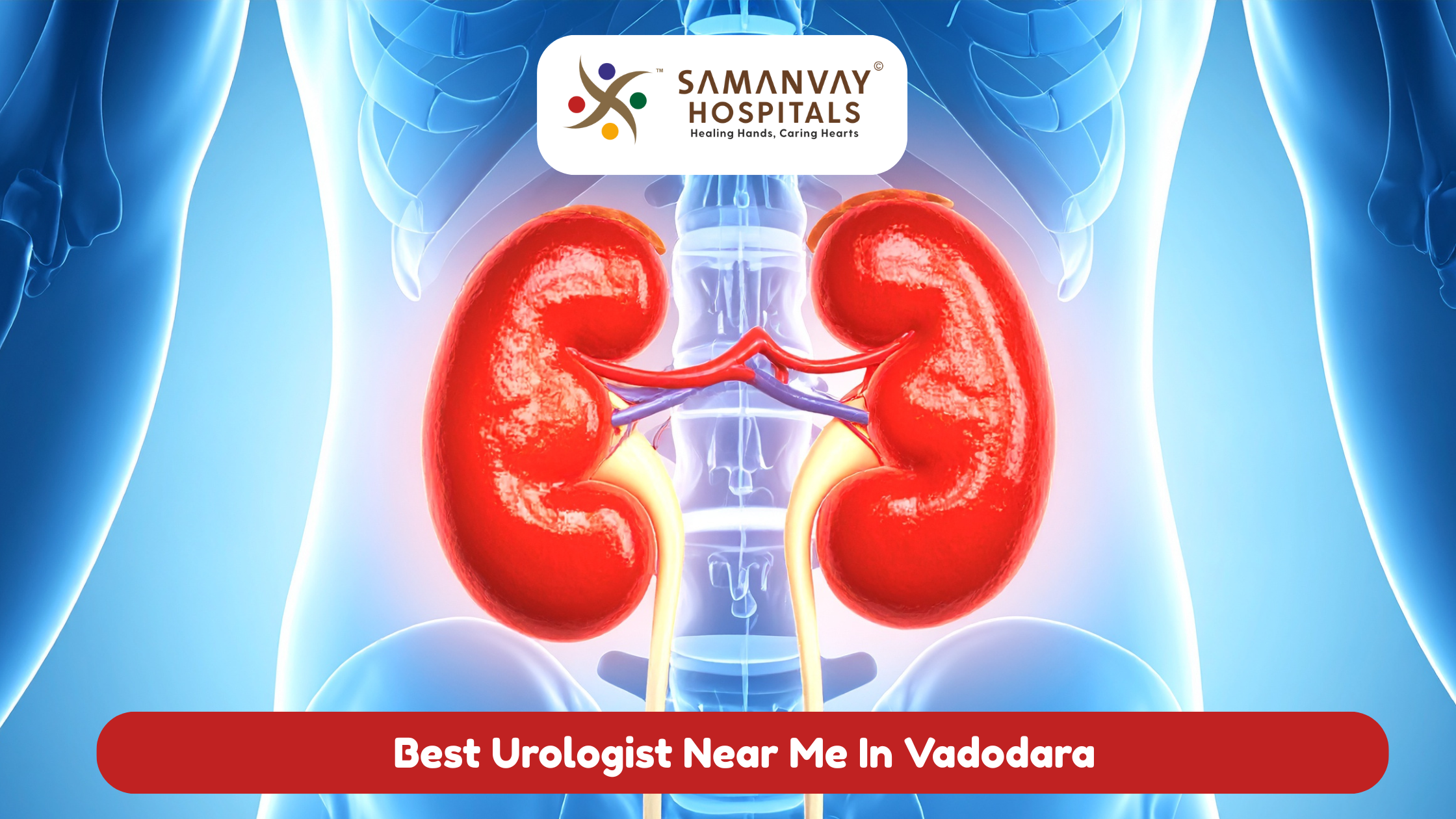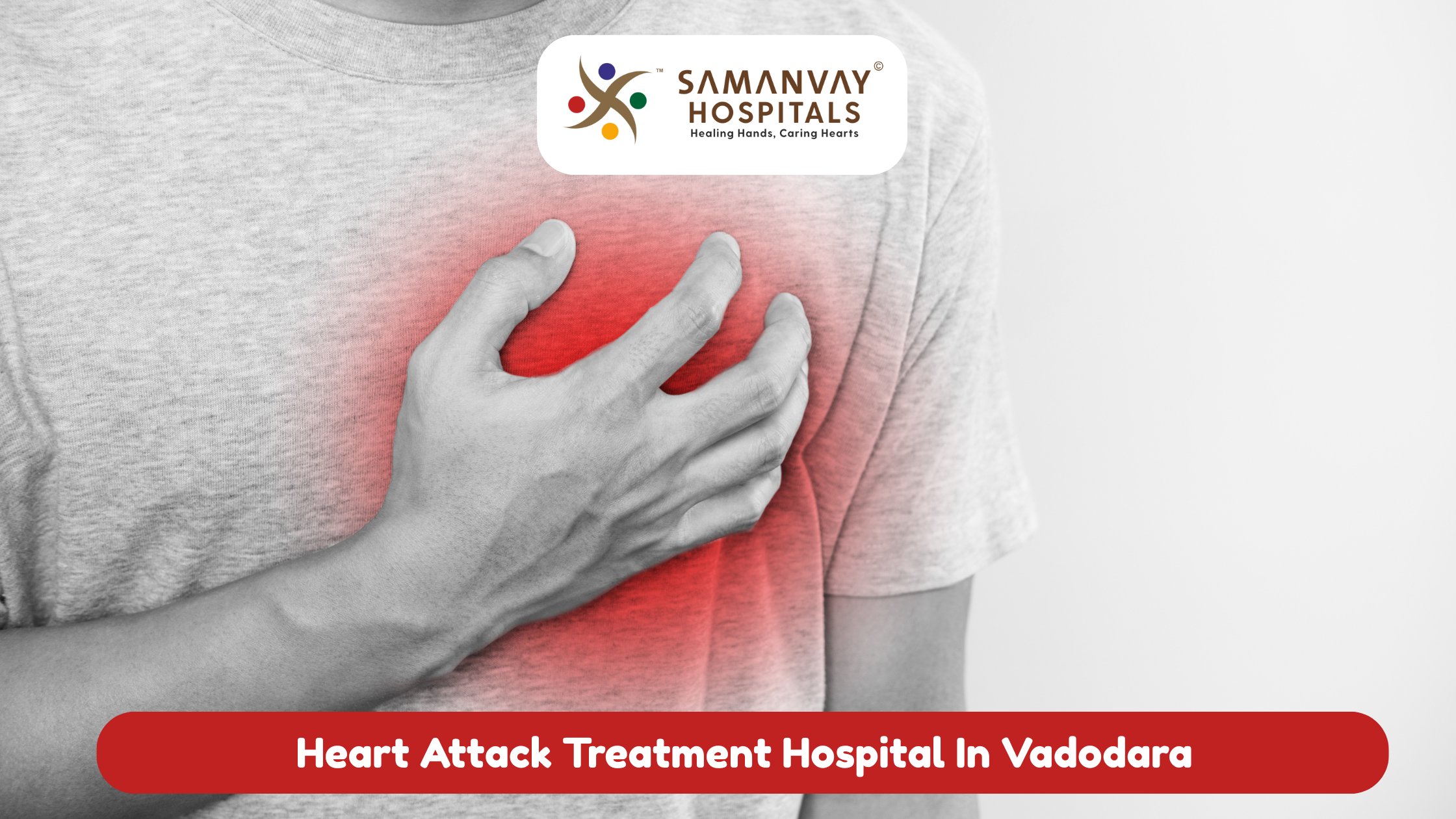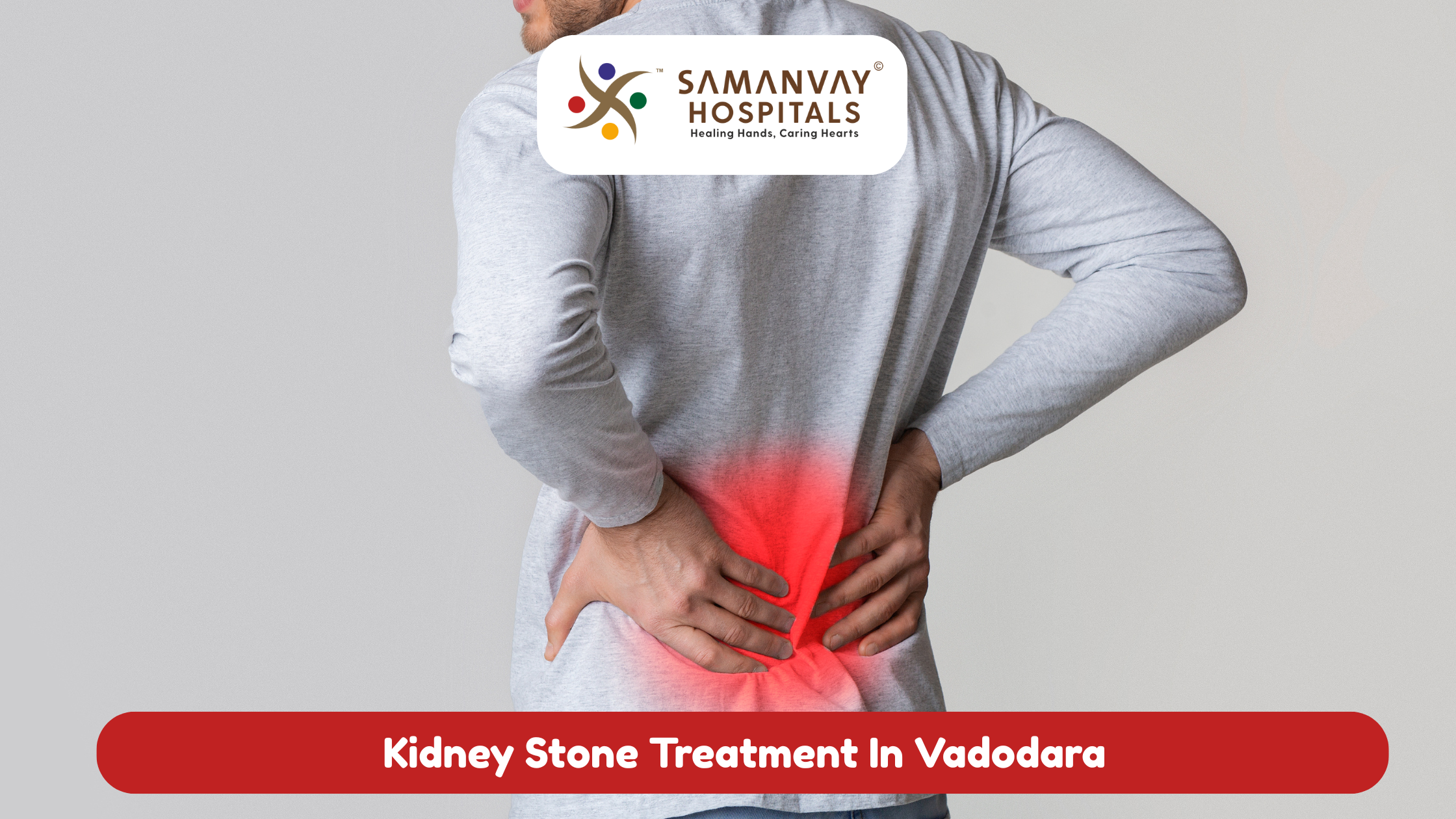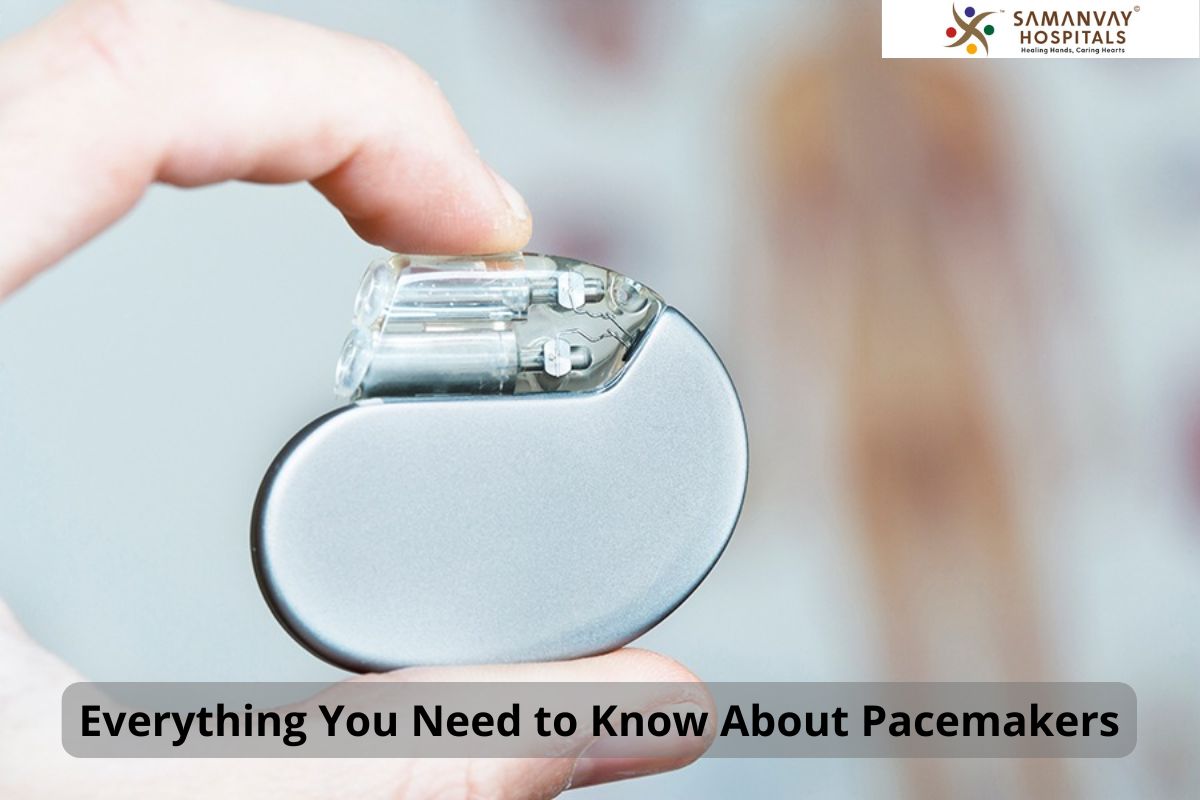
Table of Contents
Introduction
How Do Pacemakers Work?
Types of Pacemakers
Why You Might Need a Pacemaker
The Procedure of Getting a Pacemaker
Care and Maintenance After Pacemaker Implantation
Conclusion
FAQs
Introduction
A pacemaker is a small device that helps to regulate heartbeats. This device is placed under your skin to treat heart arrhythmias. With the help of this pacemaker, patients’ hearts beat too fast, too slow, or irregularly. When your heart doesn’t respond properly, unable to beat at a normal rhythm, then this device can restore it.
Numerous cardiology hospitals around you can provide treatment and guidance on pacemakers. They have trained personnel to ensure safe implantation and follow-up. With advances in medical technology, pacemakers are now more effective and safer than ever.
How Do Pacemakers Work?
A pacemaker keeps an eye on your heartbeat. If it identifies an irregular heartbeat, it supplies your heart with electrical impulses that beat it normally. The pacemaker consists of a battery and lead (wires) connected to your heart.
However, in the new pacemaker, the pacemaker is programmed only to take action when it is required. This is to say that if your heart rate slows down below a specified range, the pacemaker starts working.
Types of Pacemakers
Pacemakers have so many types, and every type is designed for different conditions. But a few common types of pacemakers are:
- Single Chamber Pacemaker: Used for individuals having one chamber of the heart requiring stimulation.
- Dual Chamber Pacemaker: Stimulates both the atrium and the ventricle to coordinate the heart rhythm.
- Biventricular Pacemaker: Utilized for heart failure patients, stimulates both lower heart chambers to assist in coordination.
Furthermore, pacemakers may either be temporary or permanent, based on the treated condition.
Why You Might Need a Pacemaker?
Many of these conditions will require pacemakers, including:
- Bradycardia: A slow heart rate results in dizziness or fainting.
- Heart block: When there is a delayed or blocked flow of electrical impulses in your heart.
- Atrial fibrillation: This leads to irregular heart rhythm complications.
Nearby cardiology hospitals can detect them through other tests, for example, an ECG or Holter Monitor. Therefore, the best hospitals in Baroda and other places have special treatment for such conditions, which ensures that a pacemaker is the correct treatment.
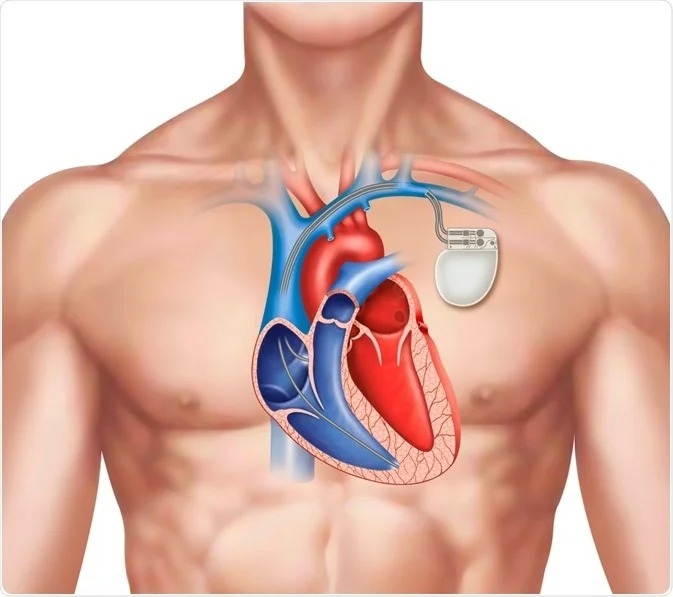
The Procedure of Getting a Pacemaker
Pacemaker insertion is usually the fastest and lowest-risk process. This is what usually happens:
- Preparation: You will find a local anesthetic to numb the skin where the pacemaker will be inserted.
- Insertion: A small incision is made near the collarbone. The lead is threaded into a vein, and your heart is directed.
- Testing: The pacemaker is connected to the lead and is tested to ensure that it is functioning correctly.
- Placement: Under the skin, the pacemaker is placed, and the incision is closed.
Additionally, surgery usually takes several hours. You will be monitored in the hospital for a few hours after surgery.
Care and Maintenance After Pacemaker Implantation
After implanting a pacemaker, you have to follow some strict instructions that will ensure this device works properly. Here are a few tips:
- Avoid heavy lifting: Try to avoid some heavy lifting for several weeks and follow your doctor’s guidelines regarding this matter.
- Monitor your heart rate: Check-ups daily will help monitor the pacemaker’s function.
- Keep the incision clean: This will prevent infection.
- Restrict the use of Electronic Devices: Certain Devices Can Interfere with the Pacemaker.
You will require regular follow-up appointments with the cardiology hospital near me to check that the pacemaker is functioning properly. However, proper care can help lead a healthier life with this device.
Conclusion
Pacemakers are life-saving devices that can control people’s heart conditions. From Bradycardia and Heart Blocks, this can control heart rates, so that people don’t feel any discomfort with this pacemaker.
If you feel that you require a pacemaker, visit Baroda or Cardiology Hospital near you for diagnosis.
FAQs
- What is the lifespan of a pacemaker?
A pacemaker usually lasts between 5 to 15 years. The battery life depends on the usage.
- Can I travel with a pacemaker?
Yes, you can travel with that. But if you travel by air, then inform the airport security about this device.
- Are there any risks after getting a pacemaker?
Risks are infection, bleeding, or device malfunction. Check-ups are necessary regularly.
- Will I be able to feel the pacemaker functioning?
Most people do not feel the pacemaker functioning, as it only functions when needed.



